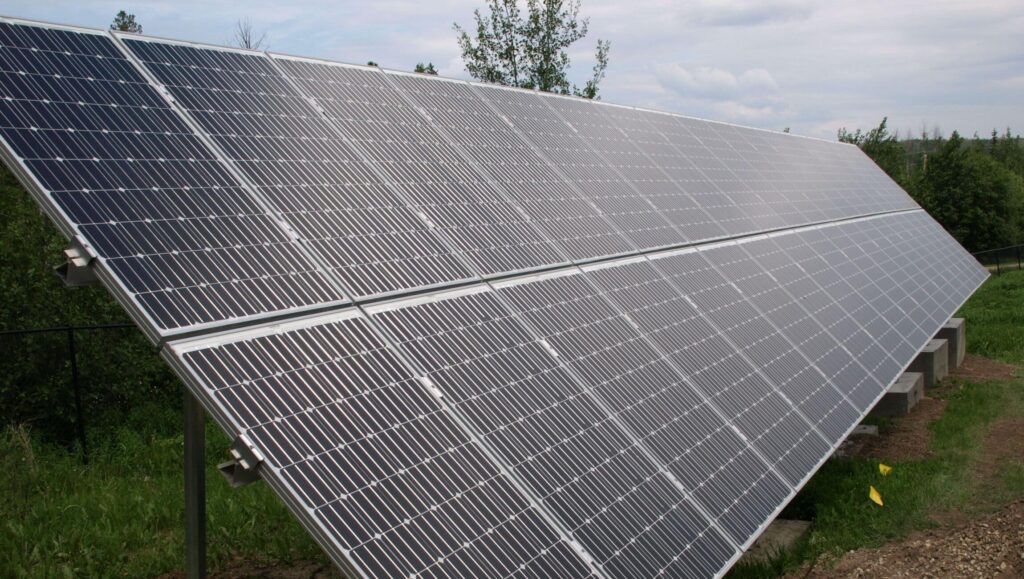Addressing shading issues on solar panels is essential to maximize energy production and system efficiency. Shading can significantly reduce the performance of solar panels, so it’s important to identify and mitigate shading problems.
- Site Selection and Design:
- Prioritize site selection for your solar installation to minimize shading. Choose locations with good sun exposure throughout the day, such as rooftops or open areas with minimal obstructions.
- Optimize the orientation and tilt of the solar panels to capture the maximum sunlight. Adjust the panel angles to align with the path of the sun.
- Tree Trimming and Pruning:
- Trim or prune trees or tall vegetation that cast shadows on your solar panels. Ensure that branches, leaves, or other obstructions are not blocking sunlight during peak solar hours.
- Use Shade Analysis Tools:
- Conduct a shade analysis using solar design software or tools to identify potential shading issues before installing the panels. These tools can help you assess the impact of nearby structures, trees, or obstacles on panel performance.
- Microinverters or Optimizers:
- Consider using microinverters or power optimizers with your solar panels. These devices optimize the performance of individual panels, reducing the impact of shading on the entire array.
- Bypass Diodes:
- Solar panels often come equipped with bypass diodes. These diodes allow current to flow around shaded or malfunctioning cells, reducing the overall impact of shading on the system’s output.
- Solar Tracking Systems:
- If shading is a persistent issue and you have space available, consider using solar tracking systems. These systems move the panels to track the sun’s path throughout the day, minimizing shading effects.
- Time-Based Energy Use:
- Shift energy-intensive tasks, such as running appliances or charging electric vehicles, to times when shading is minimal, such as late morning or early afternoon when the sun is higher in the sky.
- Battery Storage Systems:
- Install a battery storage system to store excess energy generated during periods of minimal shading. This stored energy can be used during peak shading times or at night, reducing the reliance on the grid.
- Regular Maintenance:
- Keep the solar panels clean and free of dust, debris, or bird droppings that can further reduce efficiency. Regular cleaning can help maintain optimal performance.
- Professional Assessment:
- If shading is a persistent and complex issue, consult with a professional solar installer or engineer who can assess the situation and provide customized solutions. They may recommend advanced technologies or panel configurations to address the specific shading challenges.
Remember that shading can have a significant impact on solar panel performance, so it’s essential to address it proactively during the planning and design stages of your solar installation. By implementing these solutions and optimizing your solar system, you can mitigate shading issues and maximize the energy production of your solar panels.


